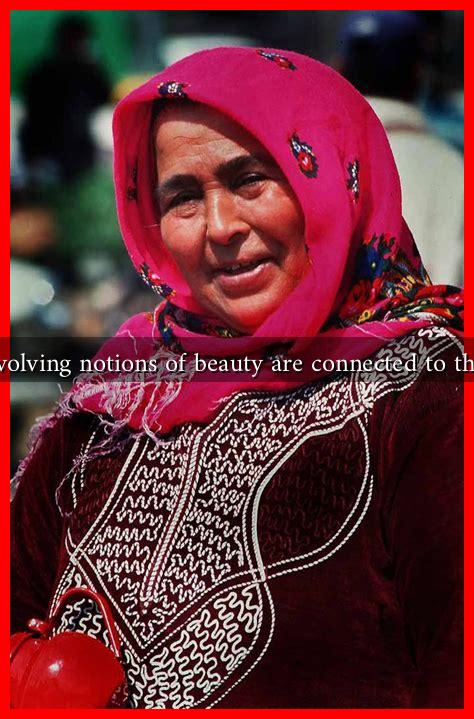-
Table of Contents
What Evolving Notions of Beauty Are Connected to the Hijab?
The hijab, a traditional headscarf worn by many Muslim women, has long been a symbol of modesty and faith. However, its significance extends beyond religious connotations, intertwining with evolving notions of beauty in contemporary society. This article explores how the hijab is reshaping beauty standards, challenging stereotypes, and empowering women across the globe.
The Hijab as a Symbol of Empowerment
In recent years, the hijab has emerged as a powerful symbol of empowerment for many women. Contrary to the stereotype of oppression, many hijab-wearing women view their choice as an assertion of identity and autonomy. This shift in perception is evident in various cultural contexts:
- Fashion Industry Influence: The rise of modest fashion has led to a burgeoning market where hijab-wearing women are celebrated as style icons. Designers like Hana Tajima and brands such as Haute Hijab have made significant strides in promoting fashionable hijab styles, showcasing that beauty can be diverse and inclusive.
- Social Media Platforms: Platforms like Instagram and TikTok have given hijab-wearing women a voice, allowing them to share their personal styles and narratives. Influencers such as Nura Afia and Amena Khan have garnered large followings, challenging conventional beauty standards and redefining what it means to be beautiful.
Redefining Beauty Standards
The traditional Western beauty standards often emphasize physical attributes such as skin tone, body shape, and hair type. However, the hijab introduces a new dimension to beauty that transcends these narrow definitions. Here are some ways in which the hijab is redefining beauty:
- Focus on Inner Beauty: The hijab encourages a focus on character, intellect, and personality rather than physical appearance. This shift promotes the idea that true beauty comes from within, fostering self-acceptance and confidence among women.
- Cultural Diversity: The hijab is worn by women from various cultural backgrounds, each bringing their unique interpretations of beauty. This diversity enriches the global conversation about beauty, allowing for a broader understanding of what it means to be beautiful.
Case Studies: The Hijab in Popular Culture
Several case studies illustrate how the hijab is influencing popular culture and beauty standards:
- Halima Aden: The first hijab-wearing model to sign with a major modeling agency, Halima Aden has made waves in the fashion industry. Her presence on runways and magazine covers has challenged the notion that beauty is limited to a specific look, inspiring many young women to embrace their identities.
- Muslim Women in Sports: Athletes like Ibtihaj Muhammad, the first Muslim woman to compete for the U.S. in the Olympics while wearing a hijab, have redefined beauty in sports. Their achievements highlight strength and resilience, showcasing that beauty can also be about capability and determination.
Statistics and Trends
Recent studies indicate a growing acceptance of the hijab in various societies:
- A 2021 survey by the Pew Research Center found that 62% of Americans believe that wearing a hijab should be a personal choice, reflecting a shift towards greater acceptance.
- The global modest fashion market is projected to reach $361 billion by 2024, indicating a rising demand for stylish and modest clothing options.
Conclusion: Embracing a New Paradigm of Beauty
The evolving notions of beauty connected to the hijab challenge traditional stereotypes and promote a more inclusive understanding of what it means to be beautiful. By embracing diversity, celebrating individuality, and empowering women, the hijab serves as a powerful symbol of strength and identity. As society continues to evolve, it is essential to recognize and appreciate the multifaceted nature of beauty, allowing for a richer and more inclusive dialogue.
For further reading on the intersection of fashion and identity, you can explore resources like HuffPost’s coverage on modest fashion.


